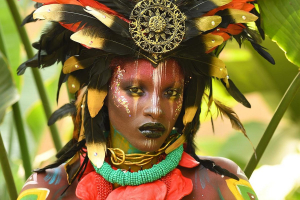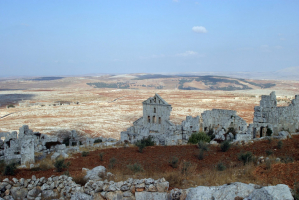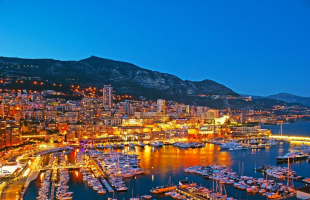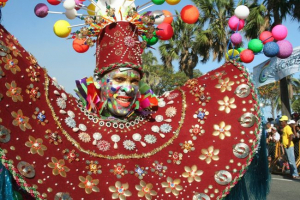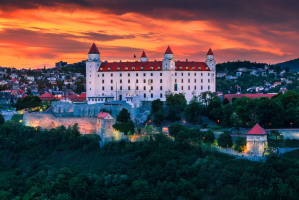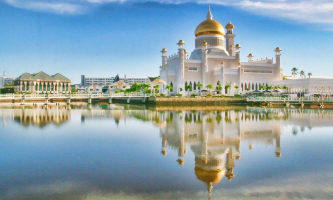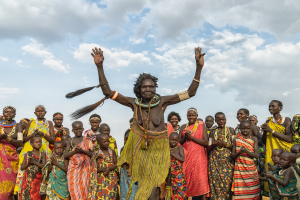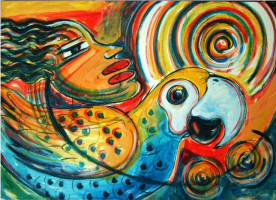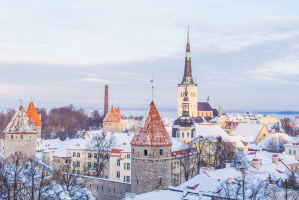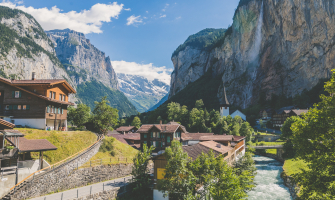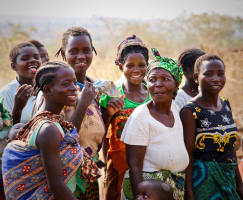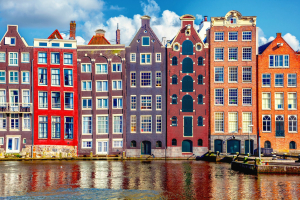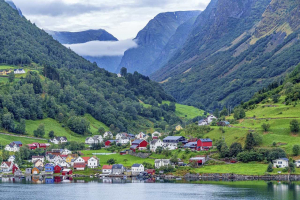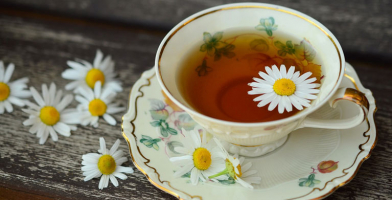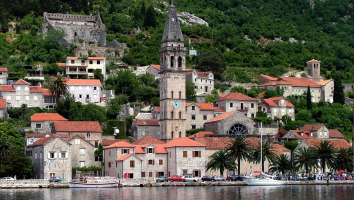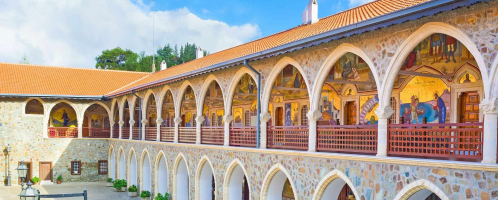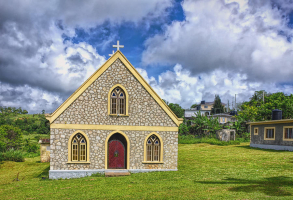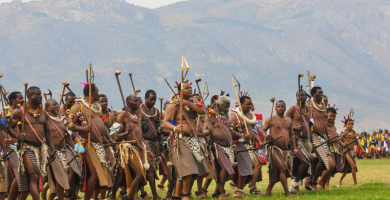Top 7 Micronesian Culture, Customs and Etiquette
Should you remove your shoes when visiting friends? Should you greet those on elevators with a smile? When thinking about the dos and don'ts in your own ... read more...nation, these questions might not seem like the most obvious ones, but things that you might not even consider at home can have a major impact abroad. Here is a list of Micronesian Culture, Customs and Etiquette.
-
The majority of Micronesian village communities have traditional, conservative lifestyles that are influenced by the inhabitants' strong Christian religion. The population, however, tend to identify more with the island they live on than with the Micronesia Federation as a whole, and customs and traditions vary amongst the various republics. It is popular to use phrases like "unity in diversity" and "our differences enhance us" to promote national identity.
- Countryaah: Overview of the capital city of Micronesia, including information about its population, economy, geography, history and map.
Many Micronesians now reside in rural communities in rather modern homes, according to Abbreviationfinder. A church and a gathering place are typically located in the middle of the settlements. Social life is still distinctly stratified along social classes, with some large families having a far higher social standing than the others. These families are disproportionately represented in the national and state legislatures and governments.
Although it is still typical for multiple generations to reside in one home, nuclear families are becoming more and more popular. Micronesian etiquette guidelines are utilized, among other things, to demonstrate respect for those in positions of authority, such as senior relatives or members of the clergy. Traditionally, women respect their husbands by giving them meals first or by lagging behind them while they are out in public.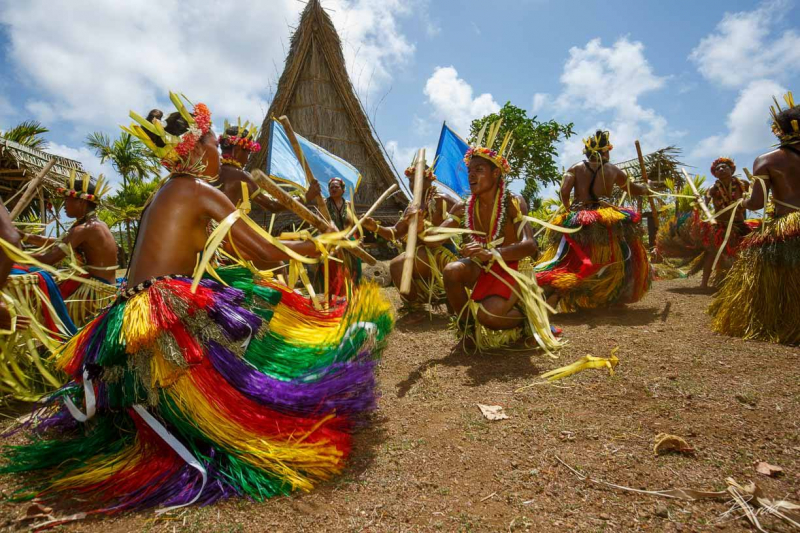
http://www.palaudiveadventures.com 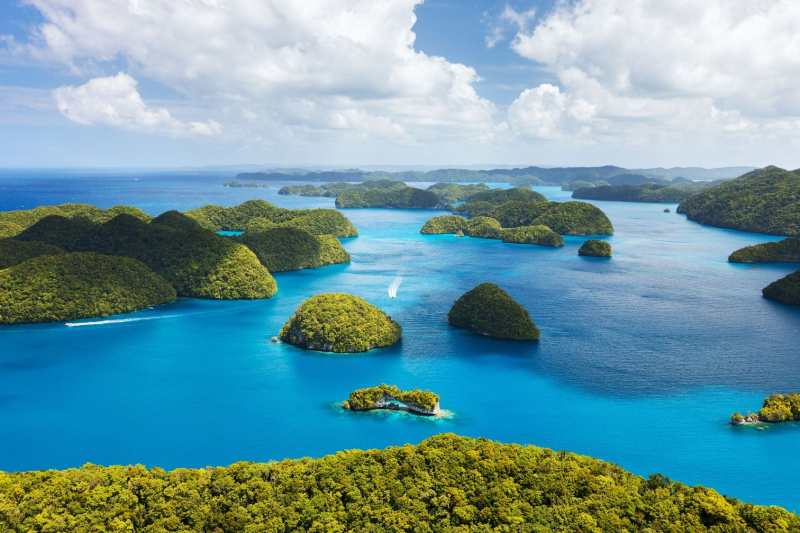
https://www.expat.com/ -
Public displays of emotion are inappropriate, and neither men nor women should be kissed or hugged in a way that would attract attention. On the other hand, girlfriends often walk hand in hand. Outside of urban centers and popular tourist destinations, ladies should cover their shoulders and knees. Foreign visitors are also affected by this.
Between friends and family, inviting and accepting meals are significant displays of hospitality and loyalty. Taro (root cane), breadfruit, jams (roots), sweet potatoes, cassava, fruits (coconuts, bananas, mangoes, papaya, and other types of citrus fruits), and fish are among the staple meals. About 100 edible fish species, turtles, shellfish, and mussels can all be found in the sea. Chickens and pigs are raised.
Traditional foods have been steadily being displaced in recent decades by imported semi-manufactured items such canned fish, dry rice, bread, pancakes, and noodles. This high-carb diet has led to significant issues with obesity and overweight, but it also signifies high status and a modern liver.
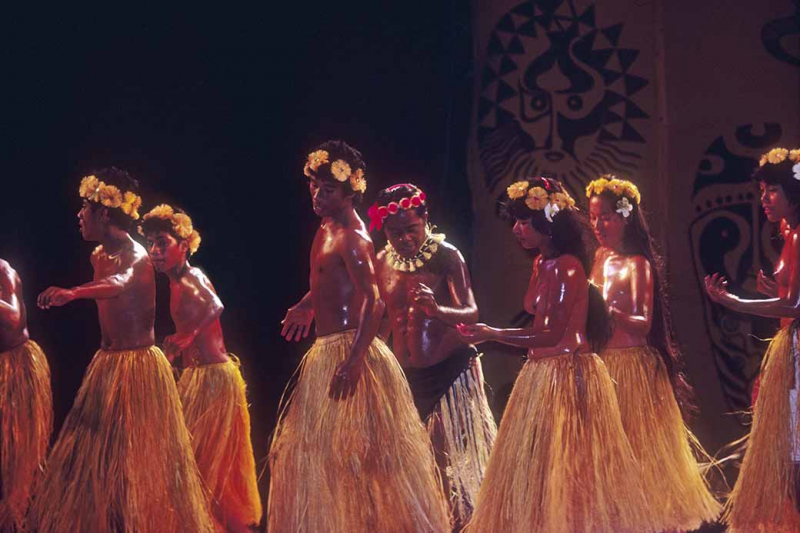
https://ozoutback.com.au/ 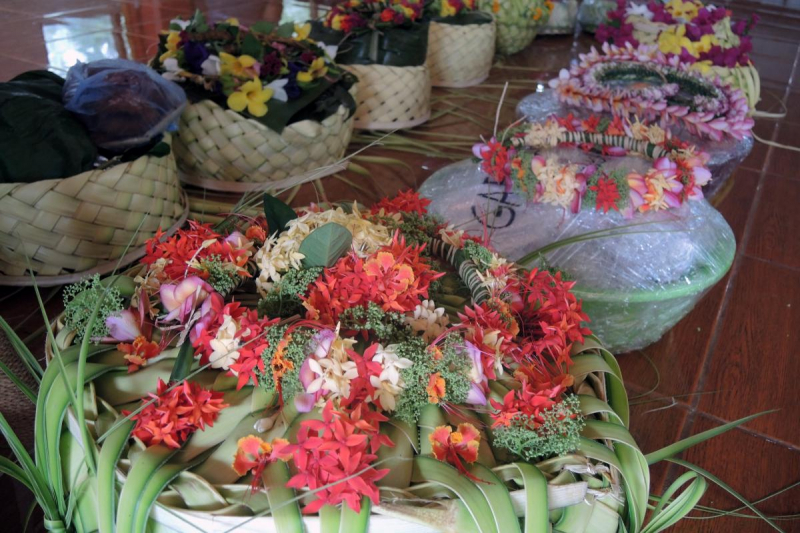
https://www.catholicsandcultures.org/ -
Food is abundantly consumed at both Christian and secular festivals and celebrations; the more well-organized a family, the more food they consume. High-ranking family members are frequently served first, and the position of the table typically signifies the person's status. Harvest festivals are observed in addition to the customary Christian feasts.
Micronesians typically marry the person of their choosing, but social standing, wealth, and family ties are still taken into consideration when making a marriage decision. Gifts and food are given out to commemorate the wedding. Divorce is allowed but unlikely if the couple has children. Funerals are significant occasions, but how they are conducted varies from island to archipelago. Funeral rites frequently span many days, and in some cultures, the immediate family members' grieving process can endure for several months.
New Year's Day, Good Friday (only on Pohnpei), Micronesian Culture and Tradition Day (March 30), Constitution Day (May 10), UN Day (October 24), Independence Day (November 2), War Veterans Day (November 12), Thanksgiving Day (only on Chuuk, November 28), and Christmas Day are all recognized national holidays, according to Countryaah. The four states also celebrate their own unique holidays.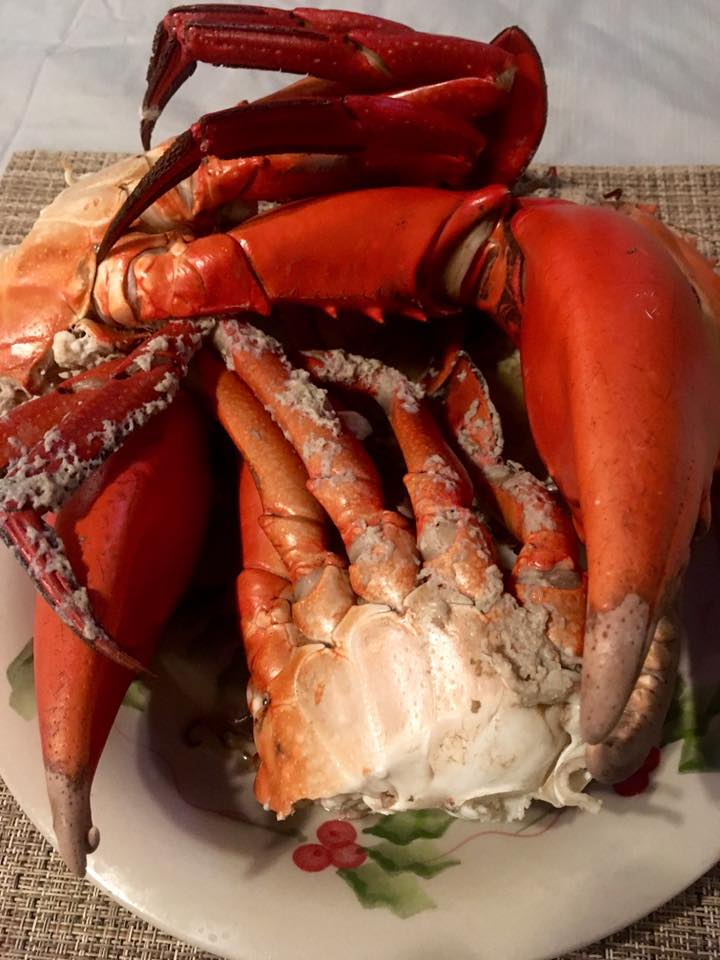
http://travel2unlimited.com 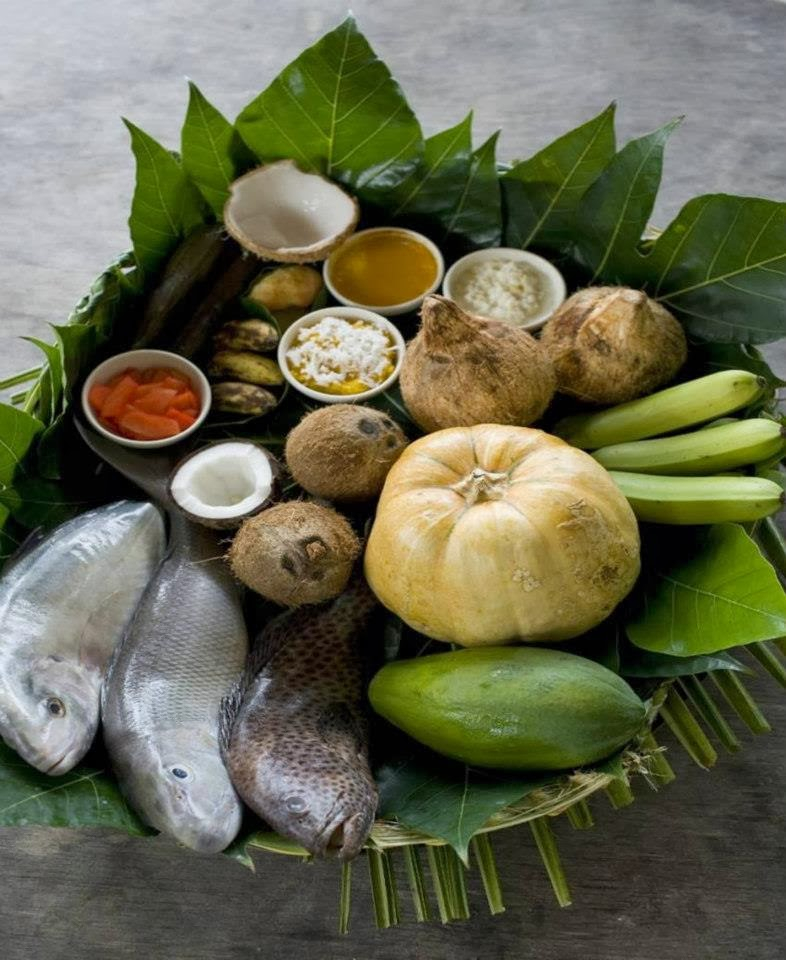
https://micronesiatour.blogspot.com/ -
Even though it is certain that humans originally inhabited Micronesia between 3,500 and 2,000 years ago, the region's archaeological explorations have been constrained by the challenge of conducting excavations on tiny, heavily populated islands with frequently storm-devastated landscapes. So far, linguistic research has shed more light on the history of early colonization than has archaeology.
For instance, Austronesian languages spoken in Melanesia to the southeast are closely linked to the languages of eastern and central Micronesia. The languages spoken in the west, notably in Yap, the Marianas, and Palau, are not strongly linked to one another or to languages spoken in the east. These westernmost islands of Micronesia appear to have been populated by people from the Philippines and Indonesia.
The vast cultural diversity of the area can be seen in the enormous number of mutually incomprehensible Micronesian languages. Nauru, the Gilberts, the Marshalls, Kosrae, Pingelap, Mokil, Pohnpei, Ngatik, the Mortlocks, Chuuk, the Puluwat area, the Woleai area, Yap, Palau, and the Marianas are among the islands where the languages are mutually incomprehensible. The above list of languages has been referred to as "nuclear Micronesian" since the languages from the Marshalls and Gilberts through the Woleai region appear to be more closely related to one another than to the other languages.
Despite being plainly Austronesian in their broad affiliation, the languages of Palau, Yap, and the Marianas are somewhat unique from one another and from other Micronesian languages. After more than four centuries of interaction with the West, the Marianas' Chamorro language has absorbed a lot of Spanish and presumably also some Philippine Tagalog.
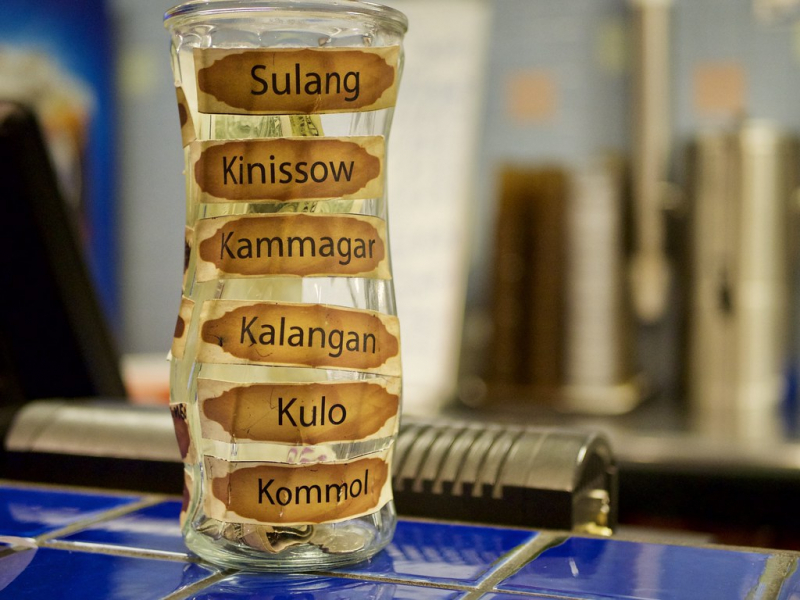
https://www.flickr.com 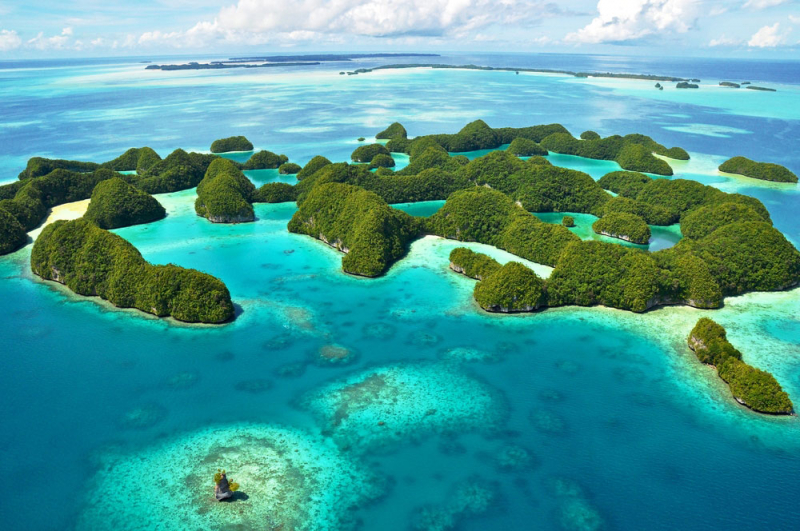
https://www.collinsdictionary.com -
Micronesia can be divided into seven distinct high-island cultures: those of the Palauans, Chamorros, Yapese, Chuukkese, who inhabit about 12 high islands of various sizes in the vast Chuuk Lagoon, the Pohnpeians, the Kosraeans, and some residents of the remote island of Nauru, which is geologically a raised atoll (without exposed volcanic rock).
Despite having touch with one another, the residents of the majority of Micronesia's low islands or atolls are culturally distinct from those of the high islands. The Marshalls and the Gilberts are two sets of atolls in the east that span 1,400 miles (2,255 kilometers) from northwest to southeast and are culturally unique.
The raised atoll of Banaba has a civilization that is remarkably similar to the Gilberts. Mokil, Pingelap, and Ngatik are three atolls that are within sailing distance of Pohnpei and have closer cultural affinities than any other big population while still being distinctly distinct from it. Culturally speaking, Chuuk is most similar to the atolls to its north and south, the Mortlock (Nomoi) Islands and the Hall Islands.
The other low islands west of Chuuk share linguistic and cultural similarities with Chuuk, with the distinctions become more pronounced with increasing distance. The low islands that lie between Namonuito and Yap were previously used as a means of ceremonial trade. These low-island people, however, were more similar to the Chuukese than to the Yapese in terms of language and culture.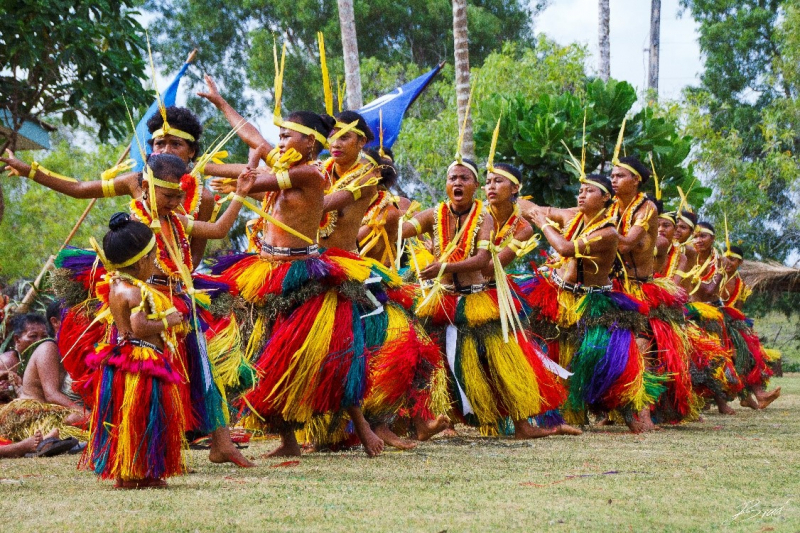
https://www.moas.org/ 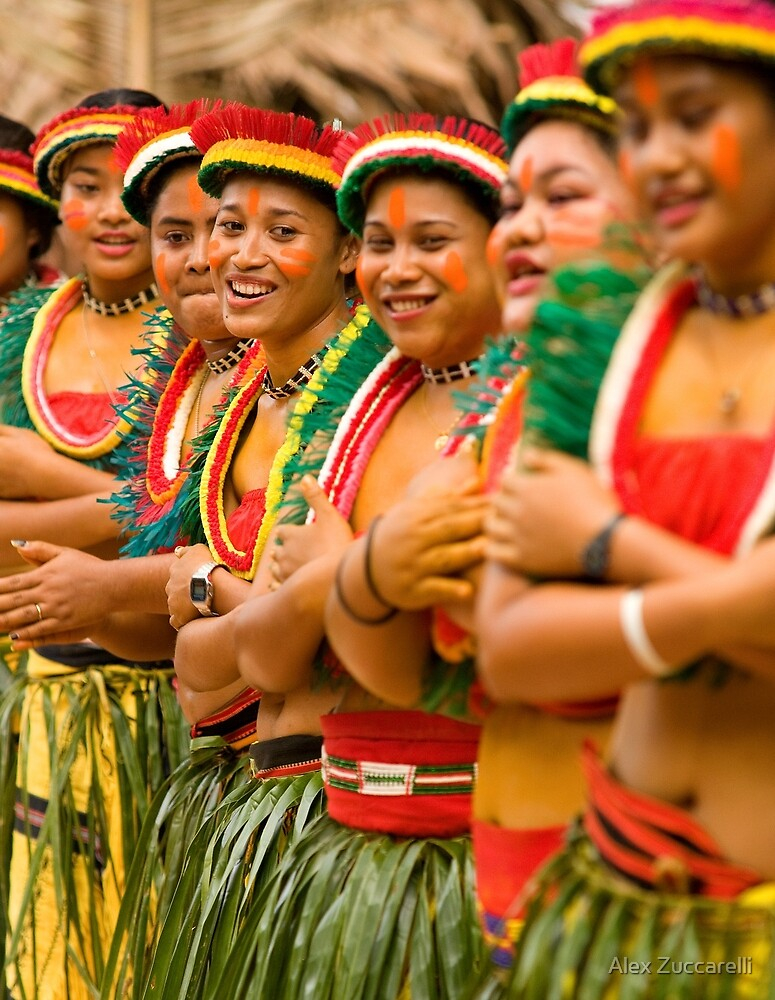
https://www.redbubble.com -
Most Micronesians lived in some kind of extended family group before European contact. The structure of these groups was presumably somewhat flexible in the majority of places. The relative availability of agricultural land and the need for more laborers on one or the other side of the family were the main factors in determining where newlywed couples chose to reside.
Some couples chose to live with the husband's family, while others chose to do so with the wife's. In the majority of Micronesia, matrilineage was used to determine descent. Although living with the wife's family was considered to be the ideal situation, exceptions were sometimes made in reality, and children commonly had rights to use land that belonged to their paternal grandmother. On the other hand, Yap was seen to be the ideal place for patrilocal living and patrilineal land inheritance.
Members of matrilineages did not customarily get married to people from other branches of the same family. In certain groups, matrilineage membership was regarded as being essentially unchangeable, but real practices may have allowed for some flexibility. A bloodline would typically break into two sections if it became too vast, with one taking on a new name. From that point forward, the two portions would be treated as separate lineages for the purposes of exogamy. When foreigners entered a community, they were frequently accepted into an existing lineage as honorary or fictive members and were required to follow the lineage's exogamy laws.
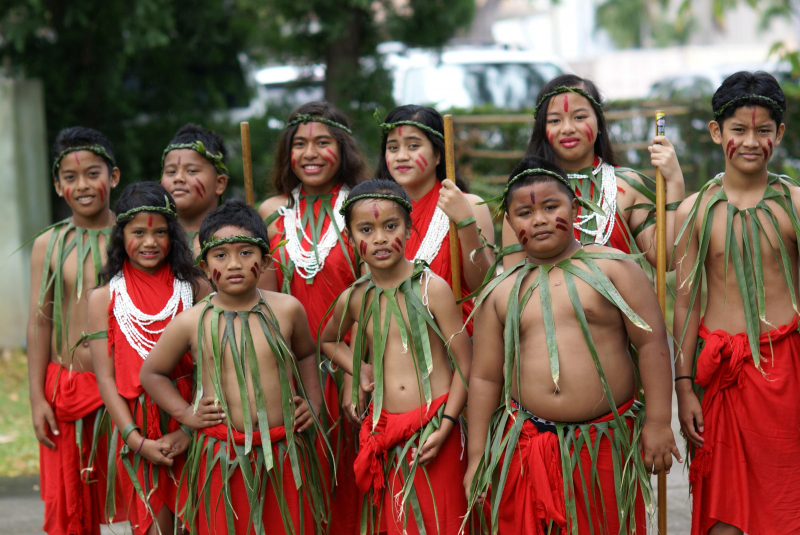
https://www.hpr2.org/ 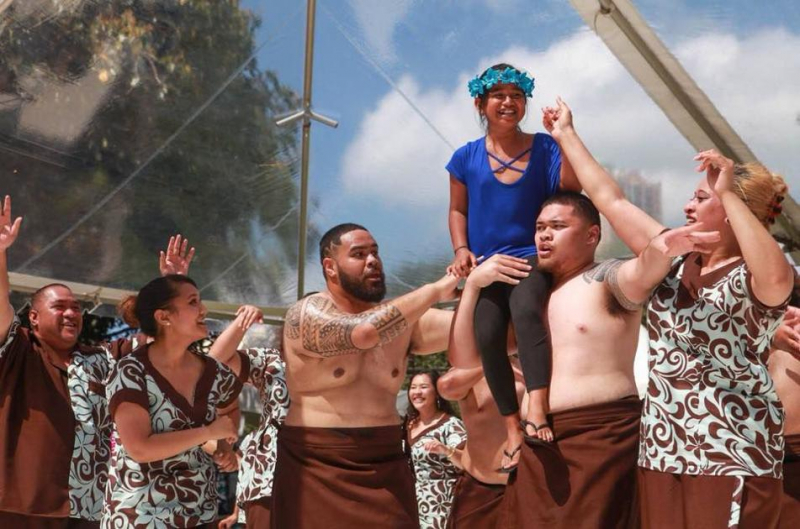
https://www.pinterest.com -
The formality of marriage in Micronesia varied. Marriages were celebrated in Palau and Yap by the bride's family receiving official payments from the groom's family. Although persons of high rank may have had public ceremonies with some exchange of goods, marriages were typically relatively loose and informal in the region from the central Carolinian atolls to the Marshall Islands. Significant premarital and extramarital sex was traditionally expected in this region.
For the average person, marriage meant simply cohabiting openly and being referred to as spouses in public. It appears that the Gilberts had a more formalized marriage and more control over premarital sex. Although it was not very common, polygyny, a type of marriage in which wives share a husband, was generally accepted to some extent in Micronesian societies. It was occasionally only allowed for chiefs and was most likely to involve powerful men.
Birth order has always played a significant role in Micronesian society. Ordinarily, the eldest child represents the family or lineage in public, is anticipated to succeed to any lineal political offices, and controls the use of lineage or family lands. In general, younger siblings treat older siblings with formal deference. In some areas of Micronesia, possibly most strongly in the central Carolines from Chuuk through the atolls to the west, brother-sister avoidance connections are highly developed.
In this region, it was customary for siblings to refrain from speaking to one another, and sisters were required to display other forms of respect for their brothers, such as crouching while they were together. A sister's bond with her brother's next older sibling existed in Pohnpei, but it did not have the same impact on relationships between other siblings.
Similar to other regions of Oceania, individuals frequently adopt their relatives' children. The practice served many purposes, including providing a home for orphaned or unmarried children, relieving young adults of the responsibility of child care while providing older people with children to assist them with small tasks, ensuring a more equitable distribution of land rights, and providing heirs who could be trained in specialized knowledge when a natural heir was unavailable or unsatisfactory.
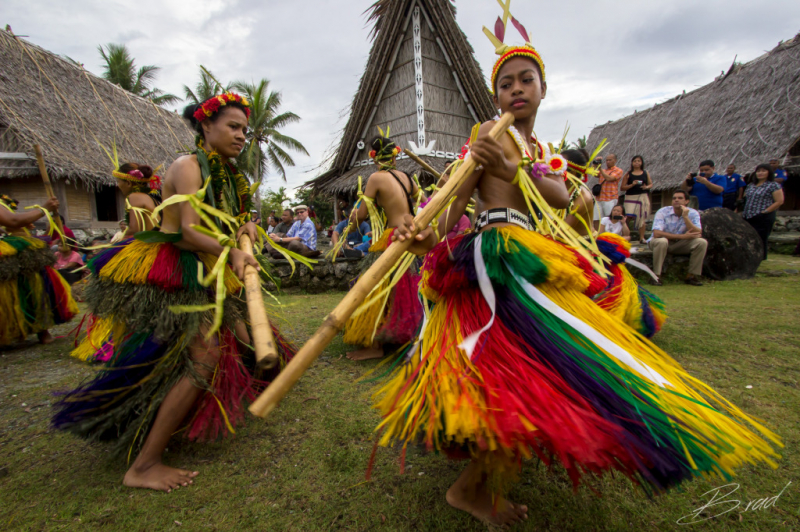
https://www.visityap.com 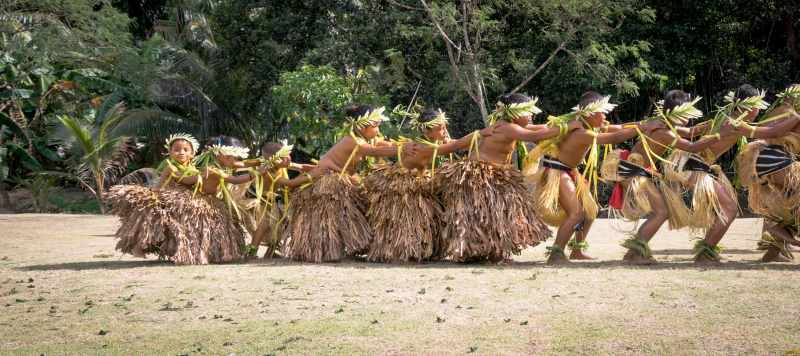
https://www.rosenthal-photography.com/









